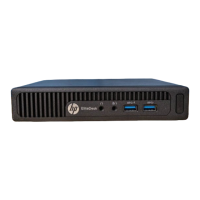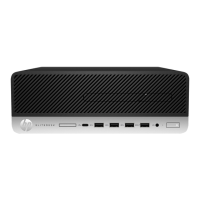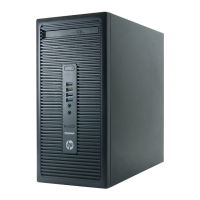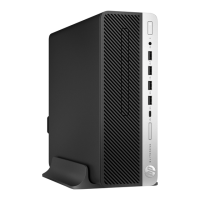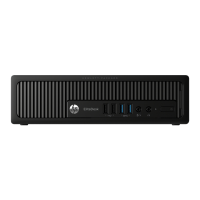E
L-MF877-00 Page 2
Template Revision B
PSG instructions for this template are available at EL-MF877-01
including liquids, semi-liquids (gel/paste) and toner chambers, and service stations.
Components and waste containing asbestos
Components, parts and materials containing
refractory ceramic fibers
Components, parts and materials containing
radioactive substances
2.0 Tools Required
List the type and size of the tools that would typically be used to disassemble the product to a point where components
and materials requiring selective treatment can be removed.
Tool Description Tool Size (if
applicable)
#1 Micro shear 170II
#2 Torx Screwdriver T-15
#3 Slotted Screwdriver 2
Description #4
Description #5
3.0 Product Disassembly Process
3.1 List the basic steps that should typically be followed to remove components and materials requiring selective treatment:
1. Disconnect the AC adapter cable.(see Figure 1 below)
2. Remove the access panel.(see Figure 2-3 belo
w)
3. R
emove the front bezel.(see Figure 4-5 below)
4.
Remove HDD and HDD cable.(see Figure 6-9 be
low)
5.
Remove HDD cage and Hood sense cable.(see Figure 10-12 be
low)
6. R
emove Memorys.(see Figure 13-14 below
)
7.
Remove CPU HeatSink.(see Figure 15-16 be
low)
8.
Remove system fan.(see Figure 17-19 below)
9.
Remove PCIE cards.(see Figure 20-24 below)
10
.
Remove speaker,CPU and battery.(see Figure 25-31 be
low)
11. R
emove MB.(see Figure 32-33
below)
12.
Remove antenna cover and antenna cables.(see Figure 34-38 be
low)
13.
The tool used for detaching external adapter is showing in figure 39
.
14.
Cut the join corner of external cover using Micro shear(Tool #1).(see Figure 40~41 below
)
15.
Separated the plastic covers.(see Figure 42
)
16.
Cut out the shielding soldered points using Micro shear(Tool #1), separated the shielding.(see Figure 43
)
17.
Remove a biggest E-cap using Micro shear(Tool #1).(see Figure
44)
3.2 O
ptional Graphic. If the disassembly process is complex, insert a graphic illustration below to identify the items
contained in the product that require selective treatment (with descriptions and arrows identifying locations).

